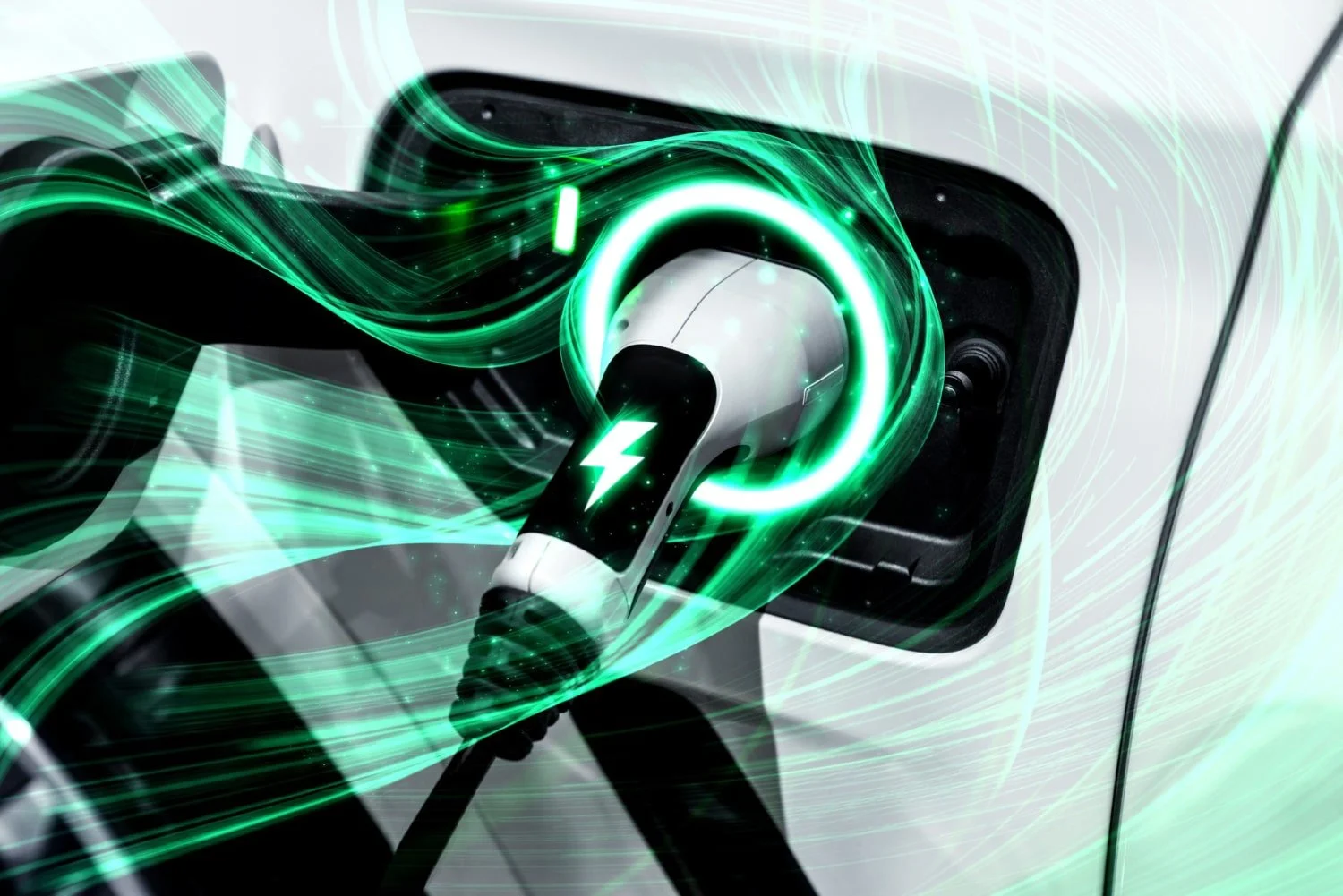Ireland Surpasses 195,000 EV Target: What This Means for the Next Stage of Electrification
ZeroMission Ireland's EV Target
Ireland has officially hit a major milestone in its transport decarbonisation journey. Minister for Transport Darragh O’Brien announced today that there are now 196,000 electric vehicles on Irish roads, exceeding the Climate Action Plan (CAP) 2025 target of 195,000 ahead of schedule.
This achievement is more than just a number. It reflects how quickly households, businesses, and communities are embracing cleaner, quieter, and more cost-effective transport solutions. Each of these 196,000 EVs represents a shift towards a new era of mobility, where energy, infrastructure, and fleet operations increasingly converge.
At ZeroMission, we see this milestone as proof that the transition to zero-emission transport is not only possible but accelerating and that Ireland is now firmly on the map as a European leader in EV adoption.
Why This Matters for Fleets
While private motorists have been central to this growth, the real decarbonisation challenge lies with fleets. Ireland’s logistics operators, public sector bodies, and service providers run the vehicles that drive economic activity every day. Their transition is critical if Ireland is to meet its 2030 target of 30% of the national vehicle fleet being electric.
From our work with leading fleets across Ireland, UK and North America we know the tipping point is here:
Total Cost of Ownership Advantage – As fuel costs remain volatile, the economics of EVs are stacking up. Lower maintenance, predictable charging costs, and longer warranties are shifting the business case.
Infrastructure Progress – Investments in public and private charging are making EV operation viable, even for high-utilisation vehicles. But gaps remain—especially in rural areas and at depots.
Policy & Incentives – Government supports have been vital in reaching 196,000 vehicles. Targeted grants, assessment programmes, and funding for charging must continue to scale if momentum is to be sustained.
Beyond the Milestone: What Comes Next
The next five years will be more challenging than the last. To meet Ireland’s 2030 climate goals, fleets and businesses will need confidence not only in the vehicles themselves, but in the data, planning, and operational intelligence that makes electrification scalable.
That’s where platforms like ZeroMission’s FleetOps360° Fleet Modernisation come in, helping operators plan which vehicles to switch first, how to integrate charging, and how to manage multi-fuel fleets as diesel, HVO, hybrid, and EVs operate side by side.
The transition to 196,000 EVs proves what’s possible when government, industry, and communities align. But the road to 2030 will require deeper collaboration, smarter tools, and unwavering ambition.
ZeroMission’s Perspective
Alan Crowley, CEO of ZeroMission, commented:
“This is a landmark moment for Ireland, but it is only the beginning. To truly decarbonise transport, fleets will need to go further, faster. At ZeroMission, we’re working every day with public and private sector partners to make that journey practical, data-driven, and cost-effective. Reaching 196,000 EVs shows we can meet ambitious goals, the challenge now is scaling those solutions to every depot, every fleet, and every community.”
Final Word
The success of 196,000 EVs on Irish roads should be celebrated. But it also raises the stakes: how quickly can Ireland move from early adoption to mass electrification?
With the right infrastructure, the right incentives, and the right intelligence, Ireland can turn today’s milestone into tomorrow’s momentum, building a cleaner, more resilient transport system for generations to come.

